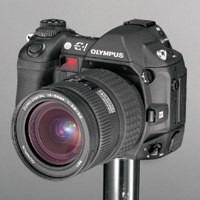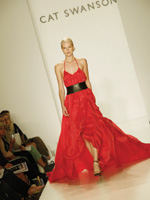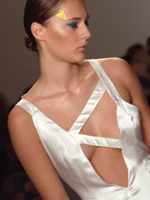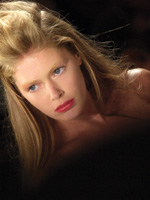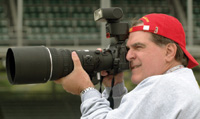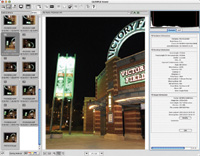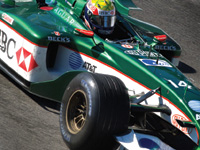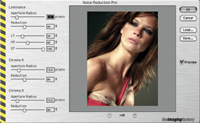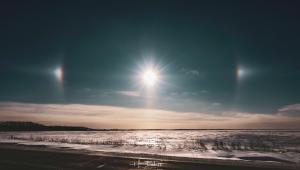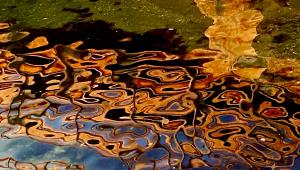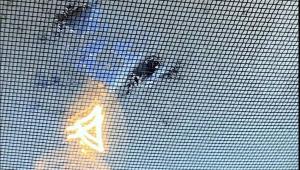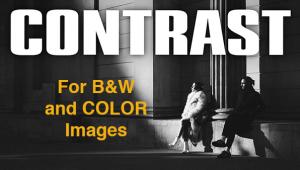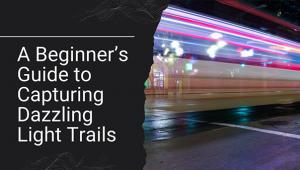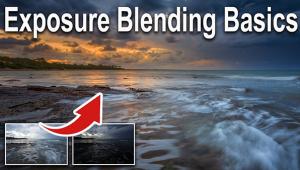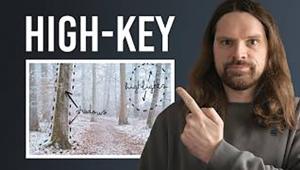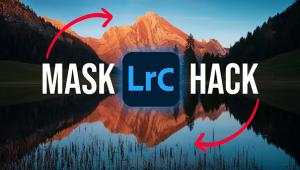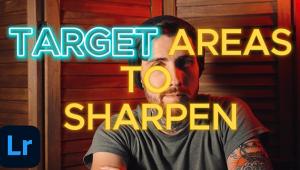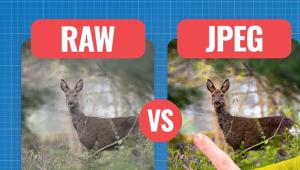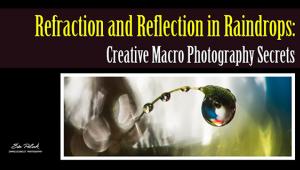Fashionable SLR; Photographing Runway Models With An Olympus E-1
Fashion photography is about control. It wouldn't be unusual for 12 people, in addition to the photographer, to be involved in a studio fashion shoot just to capture a single cover shot. On the runway it's different. You only have one opportunity to catch a photograph of a model walking past you as fast as her high heels allow. (Male models, for some reason move slower; they prefer to stroll.) Wedding photographers might think of it as a continuous procession of 100 different brides walking down the aisles with their daddies and you've only got that one chance to capture a perfect shot of each one. Not for the faint of heart, eh? |
||||||
When Olympus asked me to photograph New York City's Fashion Week using their new E-1 interchangeable lens digital SLR, how could I say no? If you've been hiding in a cave, you may not know that the E-1 system, and its a system including lenses and accessories, has been designed to be all digital. No "Hybrid" system, as Olympus is fond of calling the competition, that uses digital bodies with lenses designed for film photography. Does it make a difference? (Let's get this out of the way first.) I sure couldn't tell, but there's a lot more to the E-1 than its design philosophy. On The Runway |
||||||
The minimum shutter setting
for photographing these fast moving models, he suggested, was 1/250 sec.
So I set the Olympus E-1 in Shutter Priority Mode at 1/250 sec, but had
to kick the ISO setting up to 400 to shoot near wide open with the 50-200mm
f/2.8-3.5 Zuiko digital zoom. The E-1 has a relatively narrow choice of
manual set ISO speeds, including 100, 200, 400, and an 800 that's
expandable to 1600/3200 via menus on the 1.8" LCD screen. |
||||||
It's Show Time |
||||||
Here's what happened
next; the people are seated, the lights go on, and the music starts pounding
as the models start strutting down the runway. I set the Olympus E-1 in
Continuous firing and Continuous focus modes and followed the models,
firing short bursts of two to three frames, much like a slower version
of panning race cars. After I made the first one or two exposures, I quickly
"chimped" the LCD screen, saw that the color balance looked
good and the exposure was in the ball park and got back to clicking the
shutter releases. |
||||||
Power Options |
||||||
Checking The Images
Out |
||||||
Only For The Pros? |
||||||
Although preproduction Olympus
E-1 SLRs have all been ergonomically correct they have been sluggish in
performance. Three different preproduction cameras I tested occasionally
lost the ability to focus or make an image when I wanted, especially for
fast moving subjects, but this does not seem to be the case with the production
model I'm currently using. An Alice In Wonderland Tea Party of menus
lets you set the camera to customize your slightest photographic whim,
and you should turn off the put to sleep interval because the E-1, like
me after a night's slumber, is a bear to wake up. |
- Log in or register to post comments
